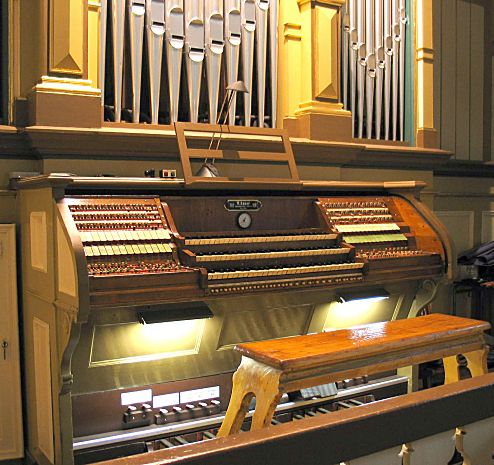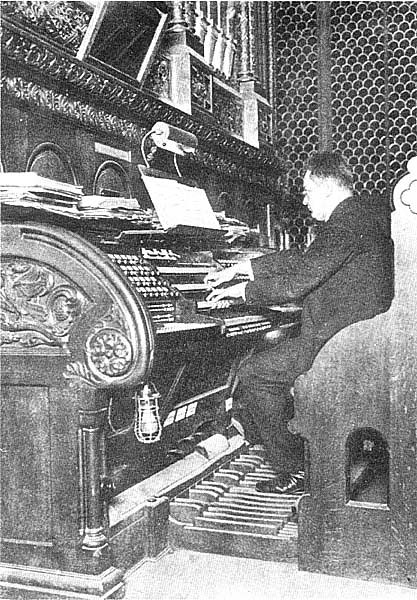
Was he a an organ virtuoso? No, to all accounts. He played only relatively simple works of his own hand. But again, as with his piano playing, an unexpected characteristic emerges: the concentration with which the music is played. Almost as if it is composed at the very time of hearing. This continuous proces of creation seemes to have been the main characteristic of all interpretations of Max Reger,
The Welte - Philharmonie organ-recordings of 1913 still reflect the qualities of Reger's organ playing. Not all recorded pieces make the same impression, but the Canzona from opus 65 is among the ever-lasting treasures of (mechanical) sound recording. Up to the risk of being overly enthousiastic, I would remark that the music we hear is coming directly from its origin, the source of inspiration. Reger did not just play his music, he re-invented and re-composed it time and again. And just that quality, which is called in Germany "Schöpferische Gestaltung", is what we hear and this is what probably attracts us to Reger's playing.

The photograph above was taken in the Kaiser Wilhelm Gedächtniskirche in Berlin, while Reger's look-a-like Walter Fisher was playing the large Sauer organ there. Fisher was one or Reger's contemporaries and champoined Reger's organ works.
The organist of the KWG-church was Heinrich Reimann (see picture below) and this man played an important, maybe somewhat underrated, role in Reger's life. This man should be remembered for publishing the first positive criticisms on Reger-compositions in 1892 or 1893 (cf. Bagier 1923, page 43). Reimann indirectly influenced Max Reger (cf. Lindner 1923, page 136 and Fritz Stein 1939: page 113) by publishing a Chorale Phantasie for organ on "Wie schön leuchtet der Morgenstern" as opus 25. But also some theoretical articles by Reimann about the Sonata-form were a source of inspiration for Reger (cf. Bagier 1923, page 125-126). This man was also the teacher of Karl Straube!
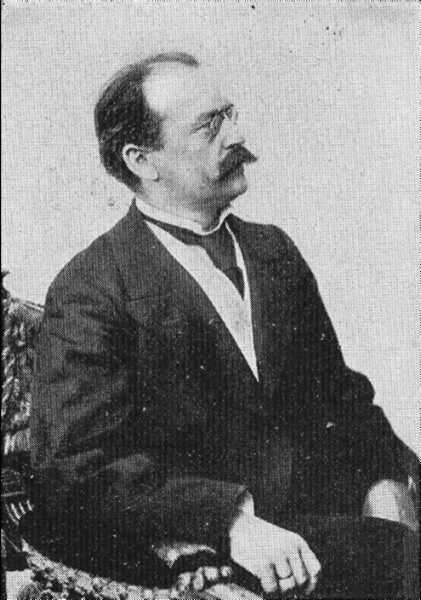
His (Reimann's) organ and church have been destroyed in WWII. Some recordings, played by Fritz Heitmann, of this beautiful organ have been preserved (partly present in my collection). The qualities of this instrument were laid down in a large romantic organ with an amazingly clear and beautiful voicing. Helped by the good acoustics of the church, the experience of listening to this organ should be able to amaze present-day organ-lovers favouring baroque instruments only.
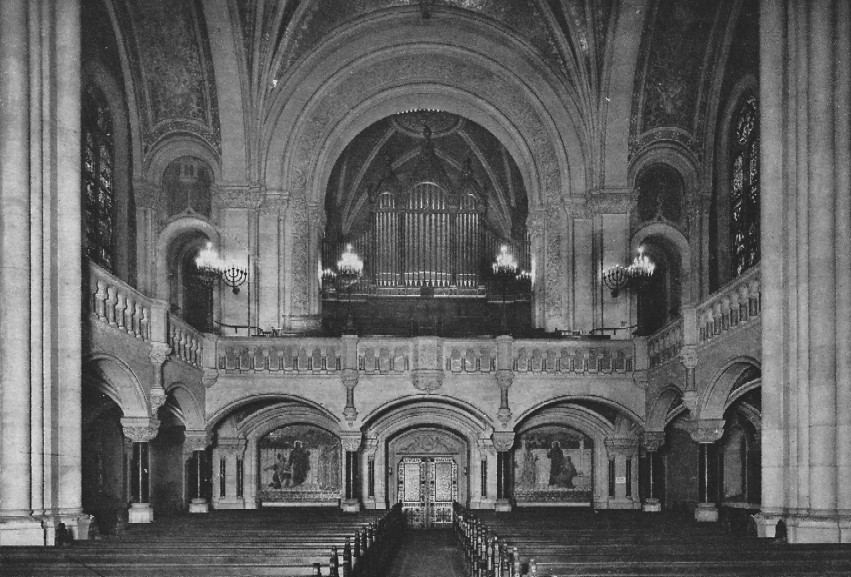
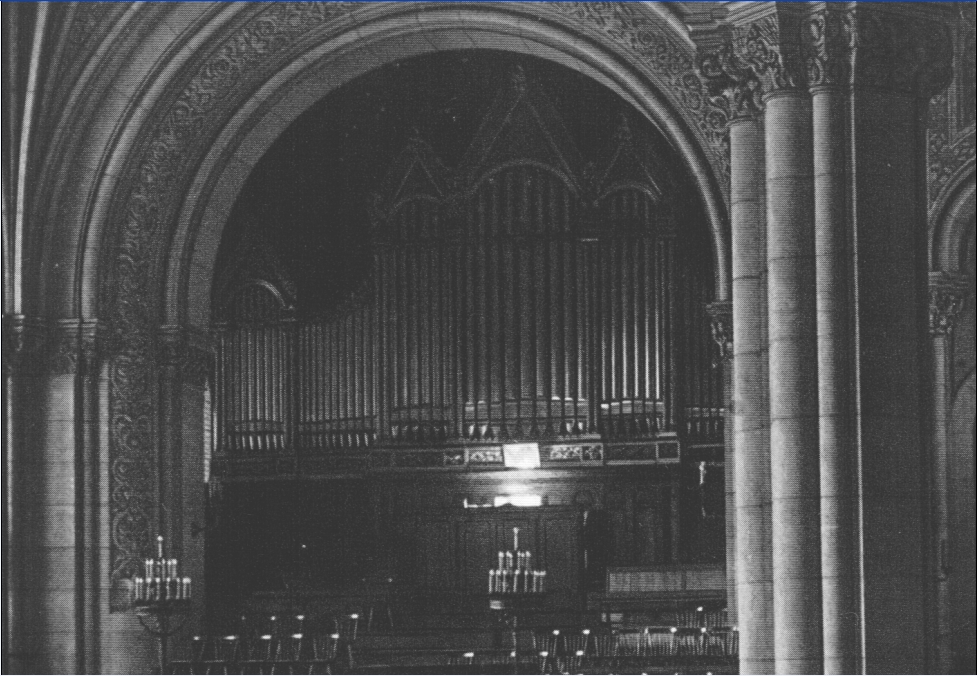
Presently, the large Sauer organ of the Berliner Dom is the only large Sauer organ left at all. And after the last restauration, it is very suitable indeed for the organ-works of Reger.
The best-known pictures of Reger at the organ (see below) were taken in 1908, while he was playing the organ of the great auditorium of the Leipzig Conservatory.
Fortunately, also a picture survived with Reger playing the recording-organ at the Welte-studios in Freiburg i. Br. where he is recording some of his own works on the Welte-Organ in 1913.
The organ at the large auditorium of the Leipzig Conservatory was built by the organ builder Walcker in 1887 (cf. a paper on the organs of Leipzig by Karl Tittel in Acta Organologica 26 (1998), page 130, note 76). The rich organ-tradition of this Leipzig institute is not at least reflected in the fact that at the time it possessed 6 (six!) organs in total, three of which had 3 manuals!!!
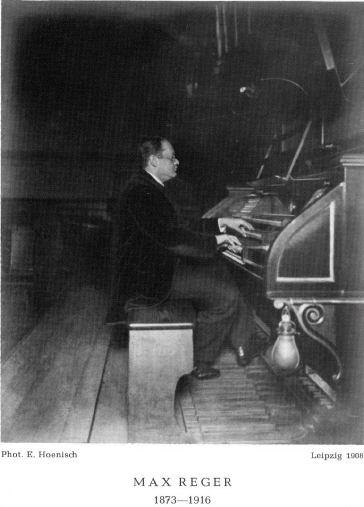
Mr. Krzysztof Urbaniak kindly attended me to the fact that, although the organ was lost during WW II, the console of the organ (played by Reger on the two photo's above) survived in Beuthen (Bytom, PL). A description of the organ there is found on the PWCO-site.
